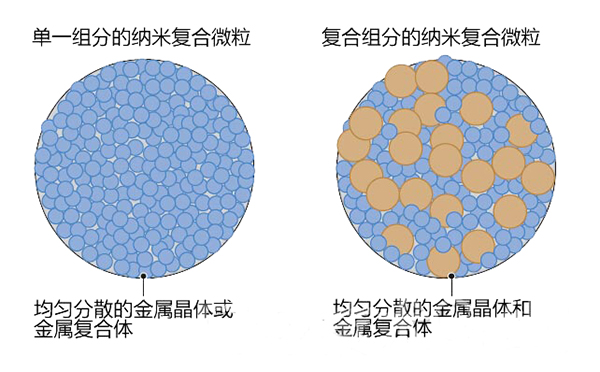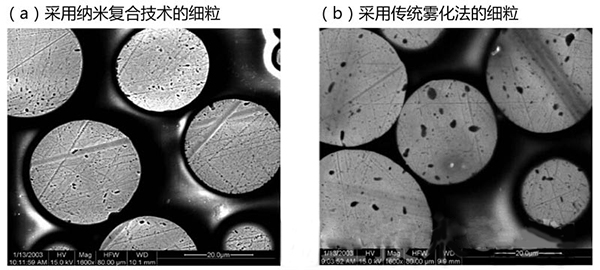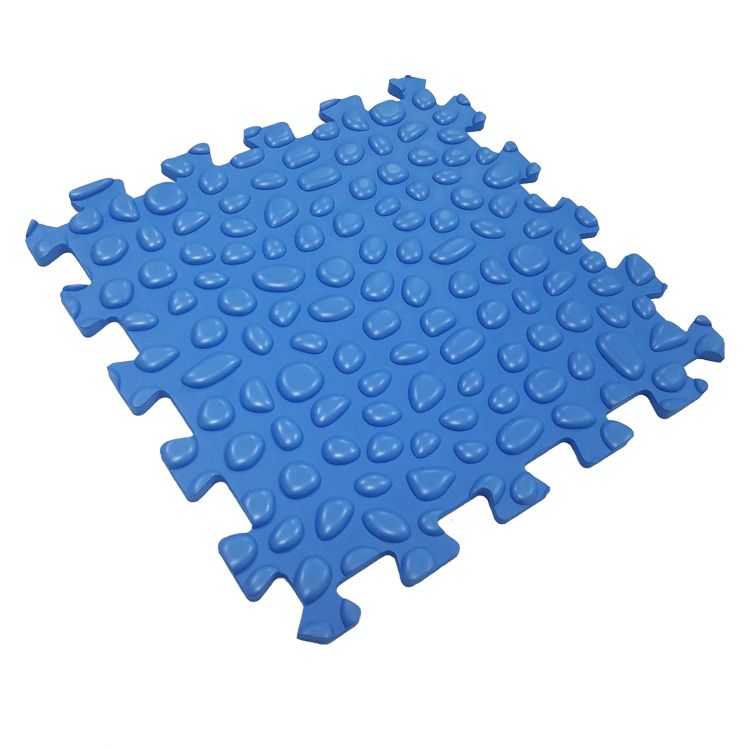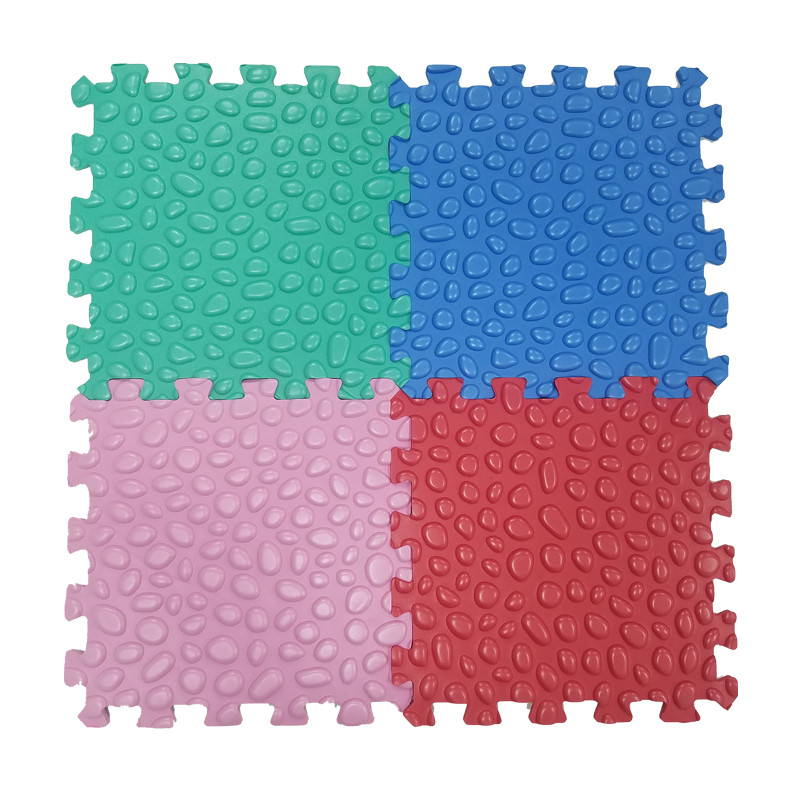Compared to Si power devices, SiC power devices not only have low losses, but also operate at high temperatures in excess of 200°C. However, there is a problem in joining materials used in power modules equipped with SiC power elements, which makes it difficult to work at high temperatures. Because the use of a highly reliable bonding material is too costly, the use of inexpensive bonding materials makes it difficult to ensure the reliability of the operation.
To solve this problem, NAPRA Co., Ltd. has developed a copper-based bonding material with lower cost and higher reliability. The company used this material to bond the electrodes of the SiC Schottky Barrier Diode (SBD) and the Insulating Substrate (DCB) and implemented a thermal cycling test in which the temperature fluctuates repeatedly between -40°C and +250°C. The results showed that after 500 cycles, the joining material still maintained a bonding strength (shear strength) of more than 40 trillion Pa (Fig. 1). Now, the company is implementing a longer thermal cycle test and it is estimated that more than 500 tolerances can be achieved.

Figure 1: High-temperature cycle withstand
Napra has applied the developed bonding material to the joint between the SiC SBD and the insulating substrate and subjected a temperature cycle test (a) of -40 to +250°C. After 500 cycles, the shear strength of the joint portion was maintained at more than 40 trillion Pa (b). Achievements of FUPET (a new generation power electronics research and development institution) and the Institute of Industrial Technology. (
Bonding material reliability
The top priority in ensuring high-temperature operating reliability lies in coping with the recurring "thermal cycles" of low and high temperatures. Under the action of the thermal cycle, the electrodes, bonding materials, and the like of the power element are repeatedly contracted and expanded to generate thermal stress, resulting in cracking of the bonding portion.
Therefore, the reliability of the power module depends largely on the thermal cycle life of the bonding material. This is also a problem faced by current Si power devices. The higher the operating temperature on the high temperature side, the more obvious the topic becomes. Studies have shown that power module failures are mostly caused by poor contact of bonding materials.
When the operating temperature is higher than 200°C, only high-priced bonding materials based on expensive gold (Au) and silver (Ag) can be used in the past. For example, a high-temperature-resistant AuGe material "1000g is about 100 million yen" (Napra), and "the savvy after 300°C cannot withstand practical tests" (the company ).
Through uniform nanoparticulation
The bonding material this time consists of a matrix of copper and tin particles. The melting point of copper is as high as about 1100°C, whereas the melting point of tin is only about 230°C. Because of the different melting methods, when installed at high temperatures, "there will be gaps in the bonding material, resulting in reduced reliability" (Napra) (Figure 2). In the past, the composition of the copper-tin alloy was “Cu6Sn5. It easily migrated after passing current†(Napra). NaPula's bonding material can form Cu3Sn1 that is not prone to such problems.

Figure 2: Compared to previous methods, finer particles and fewer voids are produced
The nanocomposite technology produces particles with fewer voids than the conventional atomization method. The joining material for comparison consists of a copper-tin alloy.
Napra made use of the company's "nanocomposite technology" to atomize the metal and successfully produced a homogeneous alloy of copper and tin. This technology utilizes a wet ultramicronizer to produce metal particles with a diameter of nanometer (nm) grade, and then aggregates a plurality of particles to produce alloy fine particles (nanocomposites) with a diameter of several tens of micrometers (Fig. 3).

Figure 3: Uniform dispersion
Nanocomposite particles consist of metal crystals and metal complexes. Its characteristic is that the components are dispersed evenly.
The "atomization method" is generally used for making metal particles. This method produces metal fine powder by blowing molten metal onto the jets of water and gas. The powder particles produced by the atomization method of the past were uneven in size, and it was difficult to produce uniform alloy fine particles ( FIG. 4 ).

Figure 4: Uniform and homogeneous alloy fines
Compared with atomization, nanocomposite technology can achieve uniform alloy fines.
easy installation
The joint material developed this time also has the feature of simple installation. It can be installed at a low temperature. After solidification, even if it is heated to the mounting temperature, the bonding material will not melt. Specifically, "it can be installed at about 220°C, once solidified, it will not melt when the temperature is close to 500°C" (Napra).
Moreover, this material is melted evenly during installation, and the electrodes and the insulating substrate are in full contact. This increases the bonding area and prevents current from being concentrated on the power components.
In addition, after the bonding material has reached a level that can maintain the bonding strength even after undergoing a high-temperature thermal cycle, Napra has faced a new problem: the reliability of the power element electrode using the bonding material. In response, the company said that "there is already a solution to the problem." (Reporter: Neejin, "Nikkei Electronics")
Bubbles Puzzle Mat is a new type Foam Puzzle Mat with bubbles like or cobblestones like texture on the surface. Made from Eva Foam material, it is not hard like a real cobblestone, but soft and flexible. The Foam Puzzle mat can be applied in the room, and use a tool of feet massage.


Just join the pieces together and place it on floor. It's easily disassembled as well for quick storage. Easy to clean with a wet cloth and neutral detergent.
Bubbles Puzzle Mat
Bubbles Puzzle Mat,Foam Puzzle Mat,Children Bubble Puzzle Mat,Bubble Jigsaw Puzzle Mat,Bubble Puzzle Foam Floor Mat,Foam Colorful Puzzle Mats
Huizhou Melors Plastic Products Factory , https://www.melorsfoam.com